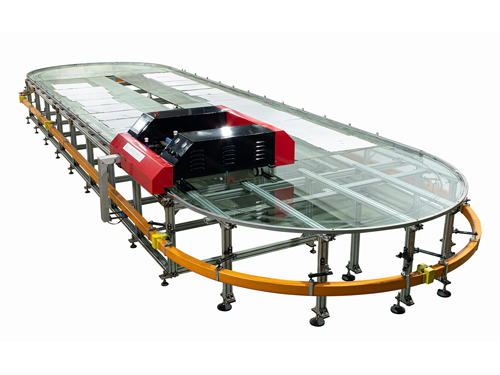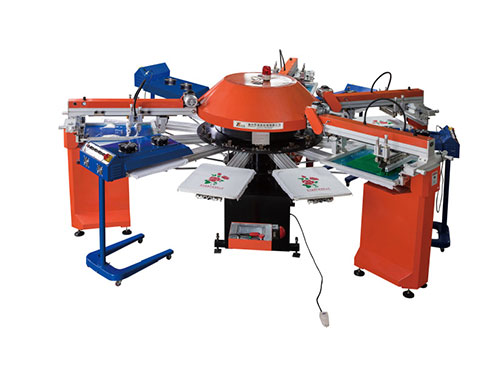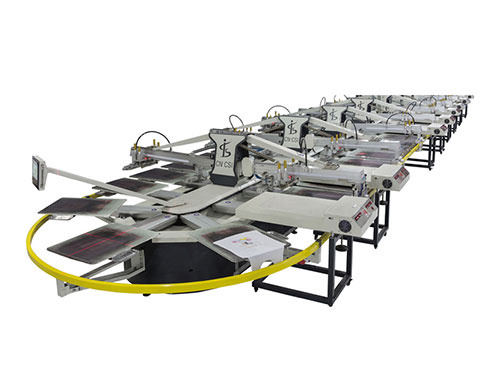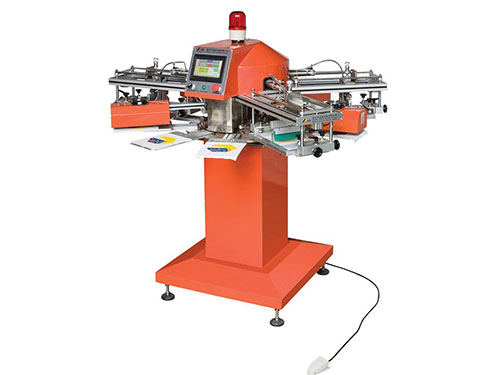Introduction of computerized screen printing machine and how to use it correctly
Computerized screen printing machine belongs to orifice printing. The simple understanding is to use mesh glue to seal the excess mesh area, leave the required image or text, and transfer the ink to the substrate through the holes of the stencil through a certain pressure to form an image. or text.
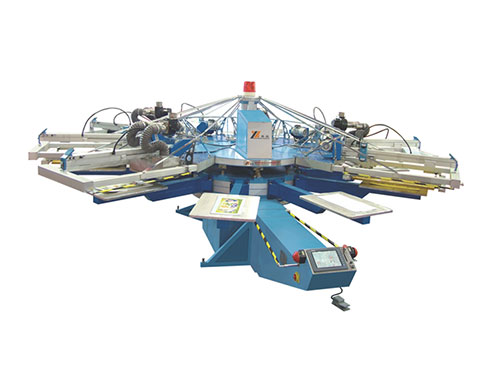
SPA Automatic Computerized UV Screen Printer
Common screen printing applications in daily life include instructions on products, decorative patterns on home appliances, T-shirt patterns, guide signs, book covers, posters, business cards, etc.
computerized screen printing machine consists of five elements, screen printing plate, scraper, ink, printing table, and substrate. The substrate of screen printing can be paper, wood, glass, metal, plastic, and many other substrates. Use the basic principle that the graphic part of the screen printing plate can pass through the ink, and the non-graphic part of the mesh cannot pass through the ink. When printing, pour ink into one end of the screen printing plate, apply a certain pressure on the ink part on the screen printing plate with a scraper, and move towards the other end of the screen printing plate at a constant speed, and the ink is moved by the scraper from the image and text during the movement. Part of the mesh is extruded onto the substrate.
Screen printing direct plate making (CTS) means that the computer directly outputs the image to the screen printing plate, and forms a printing plate after development. It is a digital production method of the image carrier in screen printing. It is directly controlled by the computer. or silkscreen output. It does not require film printing, and the computer-to-plate technology CTS of screen printing has the same meaning as CTP in offset printing.
How to use computerized screen printing machine correctly
1. Network Selection
According to the basic properties of the product, select the appropriate mesh surface and frame, brush with a degreasing agent in all directions, and then clean it with clean water.
2. Glue matching
Before using the photosensitive glue for screen printing, the photosensitive glue must be prepared first, and the preparation time is about two to three hours. If it is needed, the glue must be prepared one day in advance to ensure normal use.
3. Glue
Glue application is a very critical link. It is directly related to the quality of the screen plate, and the process requirements are relatively higher. It must be applied to achieve the same thickness of the page so that the printed pattern will have a more three-dimensional effect.
4. Dry
The coated screen should be left to stand for a few minutes, then placed in a baking oven at a certain temperature, and baked until the surface coating is dry.
5. Exposure
On the protruding side of the screen printing surface, lightly paste the film negative, and then perform exposure processing through a vacuum exposure machine.
6. Development
Computerized screen printing machine manufacturers tell you that development is a process in the screen printing industry to make images appear. Take the screen printing plate out of the exposure machine, then gently uncover the negative, and wet both sides of the screen with cold water. After standing for 15 minutes, spray the screen printing plate with a high-pressure water gun and dry it quickly, so that the screen printing plate will have an image.
7. Organize
Finishing work generally refers to some follow-up finishing work of screen printing, such as cleaning the workbench, cleaning the screen printing tools, checking the screen frame and glue, and arranging various tools by category.
 English
English 中文
中文
